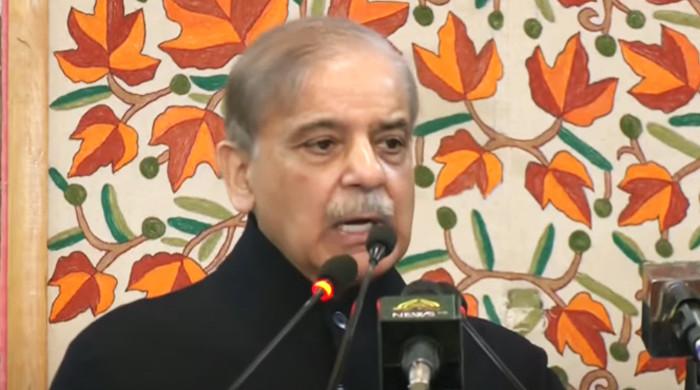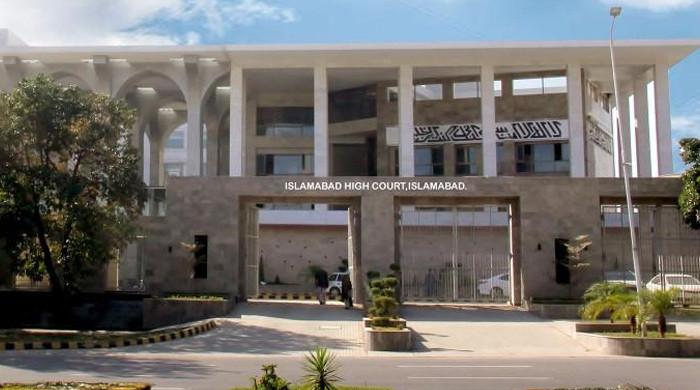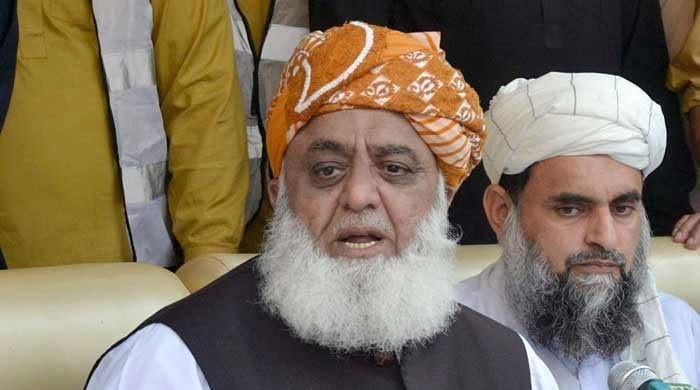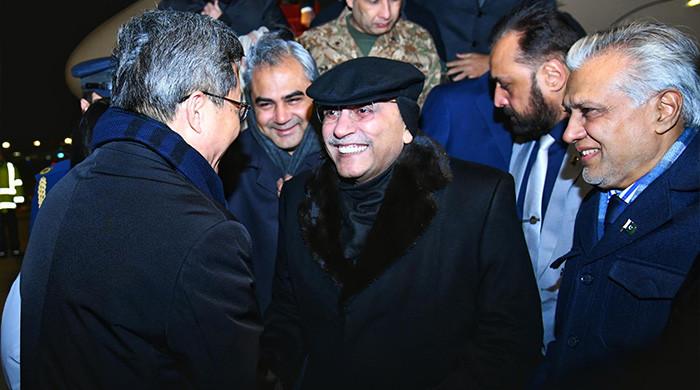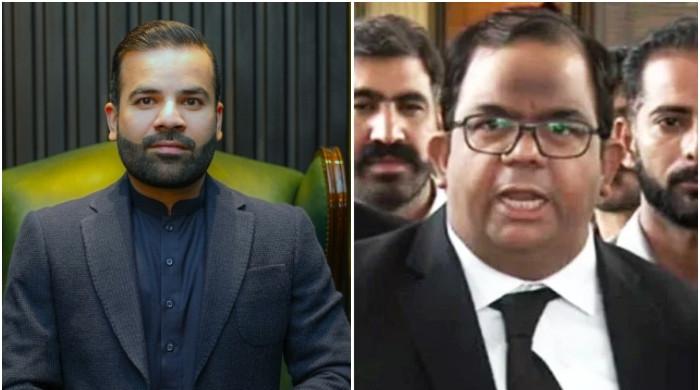What is in Judge Arshed Malik’s video UK forensic report?
UK experts confirm recorded videos and audios genuine
September 17, 2019
LONDON: A leading British digital forensic organization has confirmed in its 43-pages report that former accountability court judge Arshed Malik’s secretly recorded videos and audios genuine, authentic and consistent with the original recordings.
This correspondent has seen a copy of the forensic firm which will be submitted before Islamabad High Court this week in former Prime Minister Nawaz Sharif’s conviction case.
Arshed Malik, the former accountability judge who convicted Nawaz Sharif in assets beyond means case, was secretly recorded as saying that he was blackmailed and put under pressure to convict the former premier and that he regretted convicting him. The secret recording was made by Nasir Butt, PMLN’s UK leader who met the judge on several occasions and recorded him secretly.
The forensic report has been notarized by Charles Drostan Guthrie, Notary public, who was commissioned by Nasir Mehmood having been prepared by Cyfor - a specialist organisation providing services in the areas of eDiscovery and Digital Forensics with expertise in advanced date analytic and data recovery. The report has ben stamped and attested by Her Majesty’s Principal Secretary of State for Foreign and Commonwealth Affairs.
The forensic examination at Cyfor was carried out by forensic expert James Zjali who states in the report: “I was instructed on the 28th of August 2019 by Lex law Solicitors and Advocates on behalf of Nasir Mehmood Butt.”
The letter of instruction by Mr. Butt, seeking to assist the court in authentication, asked him to carry out a forensic analysis and authentication examination of the Original Recording and opine on he following issues: whether the recording is authentic and an original recording; whether editing, modification and manipulation of any form of the recording has occurred whether audio, picture or others; whether the recording has been spliced and /or had had any audio element added or removed; the time and date of the recording; whether the phone at the time of recording was synced to Pakistan time zone or UK time zone in order to provide the time and date stamp and the make and the serial number of the device used to capture the original recording.
The forensic report mentions that it carried out examination of the original audio and examination of a copy of the video. Its understood that the original video was not given to the forensic firm on advise of the law firm that the original video could be damaged or compromised in forensic therefore the examination should be done on a copy.
The forensic report says the examination resulted in conclusions that the exhibit entitled ‘VID_20190506_201705.mp4’ is consistent with an original recording; that the exhibit entitled ‘VID_20190506_211010.mp4’ is consistent with an original recording; that the information relating to the time of capture cannot be verified; that no opinion can be given on the serial number of the device used to capture the original recordings; and that the device used to do the recording was a ‘Samsung with model number ’SM-N950F’.
The Cyfor report writes: “the audio and visual events are synchronized throughout and there are no issues with the chronology of events within either exhibit.”
It adds: “Critical listening was performed to determine any audible traces which can provide info as to the authenticity of the eroding. There are no clicks and pops which would be consistent with editing within the exhibit. The perceptual quality of the recordings is consistent with the specifications. There are no instantaneous changes in relation to the speak to noise ratio, background noise ratio, broadband nice, speaker levels or reverberations.”
The forensic expert says in his witness statement: “I may be required to attend court to be cross examined on my report by a cross examiner assisted by an expert. I am likely to be the subject of public adverse criticism by the judge if the court concludes that I have not taken reasonable care in trying to meet the standards set out above.”




